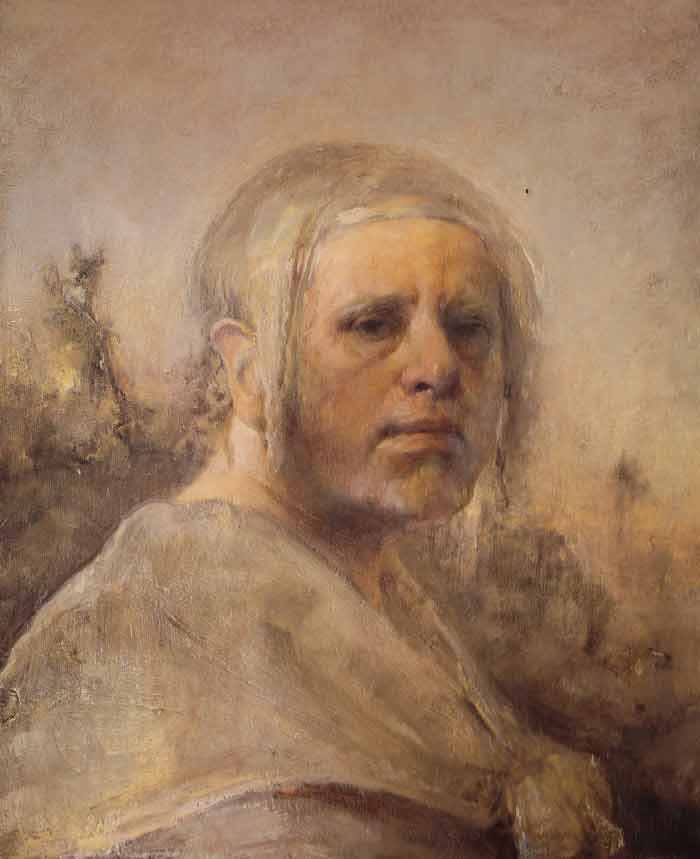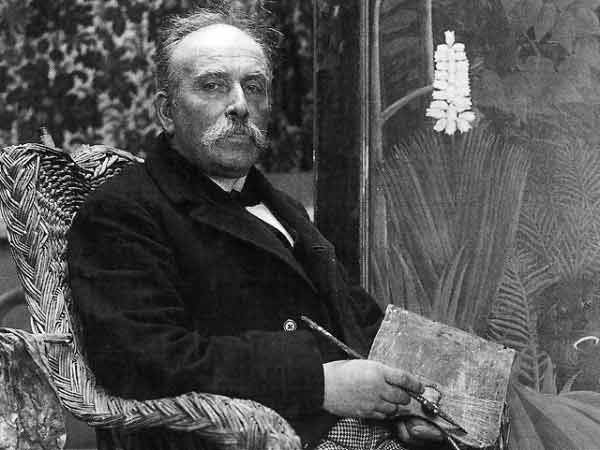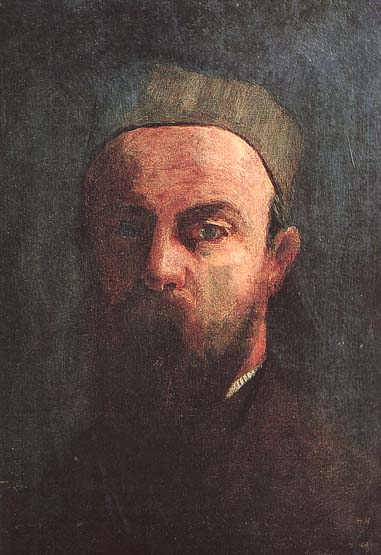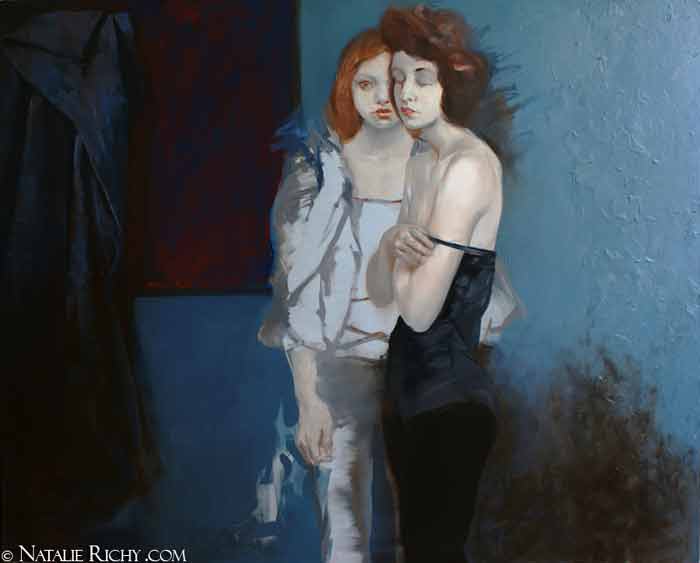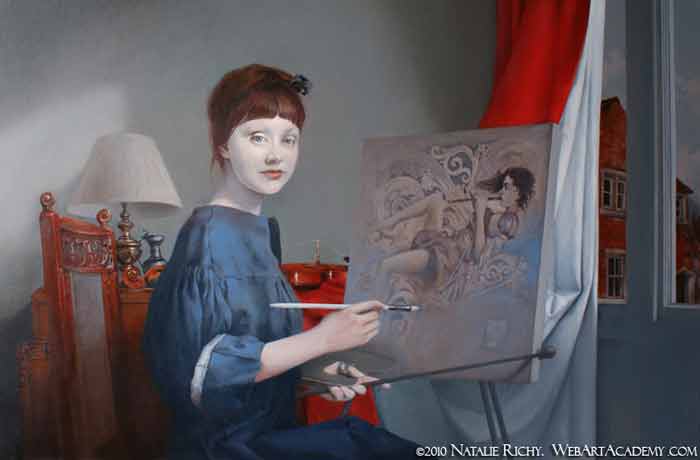On 18 Aug, 2011 With
Artist Odd Nerdrum sentenced to jail Odd Nerdrum, one of Norway’s most famous and controversial artists, was sentenced to two years in prison on Wednesday after a local court in Oslo found him guilty of tax evasion. Nerdrum has earlier denied his guilt, and his defense attorney filed a quick appeal. The court’s prison sentence matched what state prosecutors had sought after mounting their case that Nerdrum had failed to declare around NOK 14 million in taxable income from the sale of paintings between 1998 and 2002. Nerdrum was also ordered to pay court costs of NOK 10,000. The 67-year-old artist, who boycotts Norwegian media and won’t allow his photograph to be taken or used, was not present when his…
Read More
On 18 Aug, 2011 With
Odd Nerdrum faces heavy fines and a prison term for alleged tax evasion. Odd Nerdrum is one of Norway’s most internationally known contemporary artists but now he faces heavy fines and a prison term for alleged tax evasion. He’s had to appear in court in Oslo this week, where prosecutors suggested his financing has been as creative as his paintings. Nerdrum himself admitted in court on Tuesday that he kept nearly USD 1 million in cash in a safe deposit box at an Austrian bank, and that he “wasn’t very good” with numbers or accounting requirements. He denies he’s guilty of tax evasion, though, calling the charges against him “nonsense.” The artist, whose works have been compared to those of…
Read More
On 18 Aug, 2011 With
Odd Nerdrum Sentenced to Two Years in Prison “I am sadened to be the bearer of such shocking news. My mentor, Odd Nerdrum has been sentenced to two years in prison. He is a man who has dedicated his life’s work to defending human dignity, a man who has given his profound knowledge freely to thousands of students over the years without charging a single penny, a man who generously opened his home and family to my wife and I when we lost our jobs in New York City in the midst of the financial crisis and were quite literally homeless… This man has been sentenced to two years in jail for tax evasion for $1.5 million USD in taxable income….
Read More
On 17 Aug, 2011 With
The Famous Fine Artist and his Muse Emma Zorn. Emma Zorn (née Lamm, 1860-1942) came from a well-to-do middle class Stockholm family. Her father, Martin Lamm, was a wholesale textile merchant and her mother, Henriette, had the maiden name of Meyerson. They had three children Herman, Anna and Emma. The family, which was of Jewish descent, had very pronounced cultural interests and conducted an intense social life. There were many artists in their circle of friends and it was also through such an acquaintance that Emma met Anders Zorn who was of the same age. She happened to be babysitting for her nephew Nils when he was to be painted by Zorn in the winter of 1881. It turned out to…
Read More
On 12 Aug, 2011 With
Artist in his Studio This is a view of Claude Monet standing in his first studio amidst his favorite canvases. The light of the afternoon is almost palpable. This room located in his main house at Giverny was turned into his sitting-room after 1890. The picture was made in springtime according to the tulips behind Monet. The photo reveals how much the painter loved flowers. There were at least six vases in his studio on this day! When Monet became successful, he built a new house in the corner of his garden, where he moved his studio. He had now a well lit large room to work in and to store his paintings. The former studio became a place where he used…
Read More
On 11 Aug, 2011 With
A French Naive or Primitive painter. Henri Rousseau was also known as Le Douanier (the customs officer), a humorous description of his occupation as a tax collector. Ridiculed during his life, he came to be recognized as a self-taught genius whose works are of high artistic quality. Henri Rousseau was born in Laval, France into the family of a tinsmith. He attended Laval High School as a day student and then as a boarder. He was mediocre in some subjects at the high school but won prizes for drawing and music. He worked for a lawyer and studied law, but “attempted a small perjury and sought refuge in the army,” serving for four years, starting in 1863. With his father’s death, Rousseau moved to Paris in…
Read More
On 6 Aug, 2011 With
A French symbolist painter, printmaker, draughtsman and pastellist. Odilon Redon was born in Bordeaux, Aquitaine, to a prosperous family. He started drawing as a child, and at the age of ten he was awarded a drawing prize at school. Aged fifteen, he began the formal study of drawing, but on the insistence of his father he changed to architecture. His failure to pass the entrance exams at Paris’ École des Beaux-Arts ended any plans for a career as an architect, although he briefly studied painting there under Jean-Léon Gérôme in 1864. (His younger brother Gaston Redon would become a noted architect.) Back home in his native Bordeaux, he took up sculpture, and Rodolphe Bresdin instructed him in etching and lithography….
Read More
On 5 Aug, 2011 With
Henri Fantin-Latour (14 January 1836 – 25 August 1904) was a French painter and lithographer best known for his flower paintings and group portraits of Parisian artists and writers. As a youth, he received drawing lessons from his father, who was an artist. In 1850 he entered the Ecole de Dessin, where he studied with Lecoq de Boisbaudran. After studying at the École des Beaux-Arts in Paris from 1854, he devoted much time to copying the works of the old masters in the Louvre. Although he befriended several of the young artists who would later be associated with Impressionism, including Whistler and Manet, Fantin’s own work remained conservative and classical in style. Whistler brought attention to Fantin in England, where his still-lifes sold so well that they were “practically unknown in France during his lifetime”. In addition to his realistic paintings, Fantin-Latour created imaginative lithographs inspired by…
Read More
On 4 Aug, 2011 With
This Video shows the creation of the figurative painting. The canvas is toned with a thin layer of oil imprimatura, and the two figure drawing is done in sanguine. The oil painting approach is one of simplification of form and colour. In contrast to the clarity with which Natalie describes faces, details of the dress and drapery are done in loose brushstrokes and are stylised impressionistically. The composition of the painting is located in fictive surroundings. The elegant blue colours in the painting suggest nostalgia, which ads imaginative and aesthetic significance. Natalie brought to this figurative picture a modern sensibility, impressionistic effects and painterly fluency.
Read More
On 3 Aug, 2011 With
The Video Lesson “How to Paint a Portrait in Oil” demonstrates the oil painting technique in the style of an 18th century Paris salon, explained in specific, sequential steps. From the positioning of the figure to the details of the background, this easy-to-follow process will give you the discipline and focus that the difficult art of portraiture demands. Oil painting is the process of painting with pigments that are bound with a medium of drying oil — especially in early modern Europe, linseed oil. Often an oil such as linseed was boiled with a resin such as pine resin or even frankincense; these were called ‘varnishes’ and were prized for their body and gloss. Other oils occasionally used include poppyseed oil, walnut oil, and safflower oil. These oils confer various…
Read More


